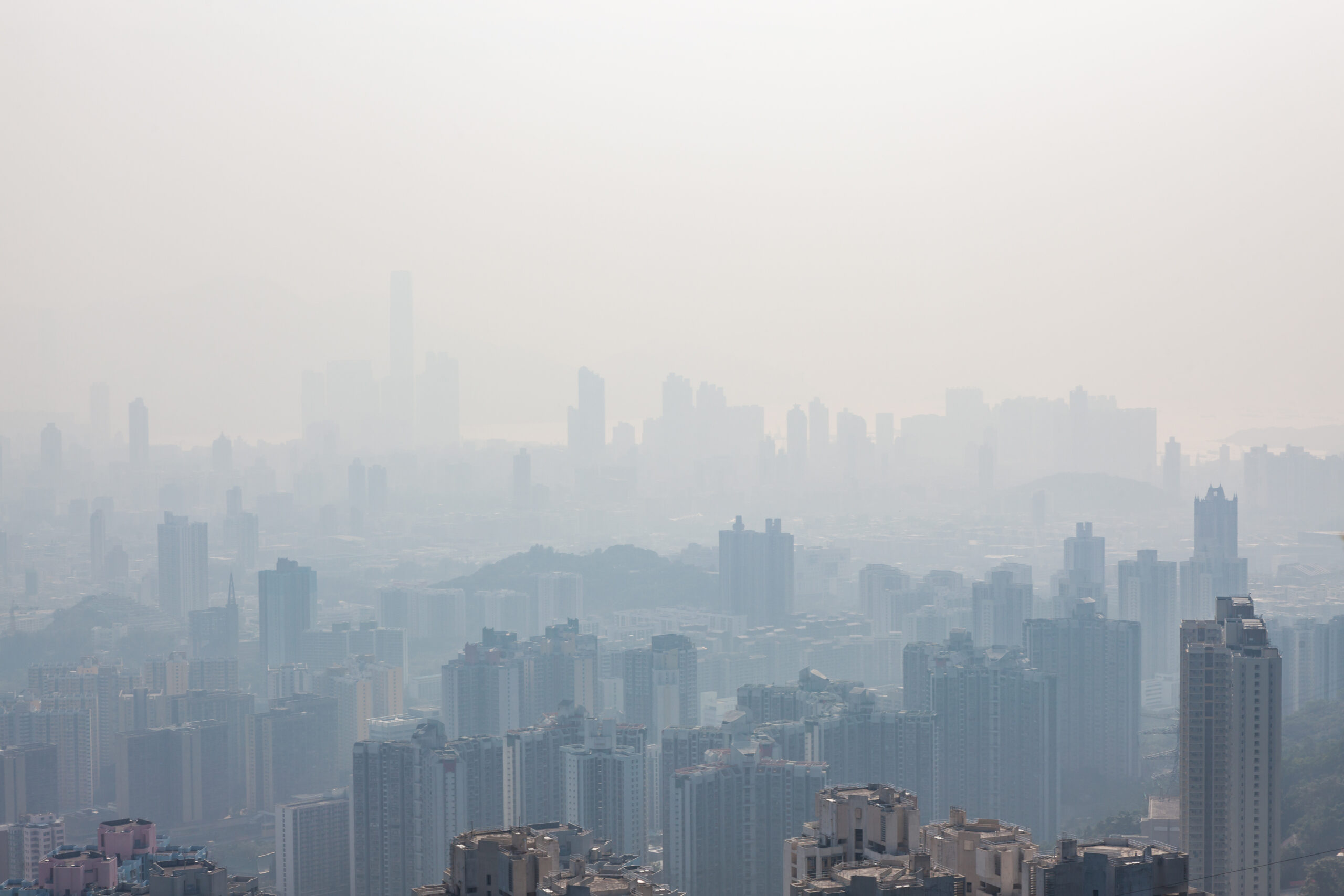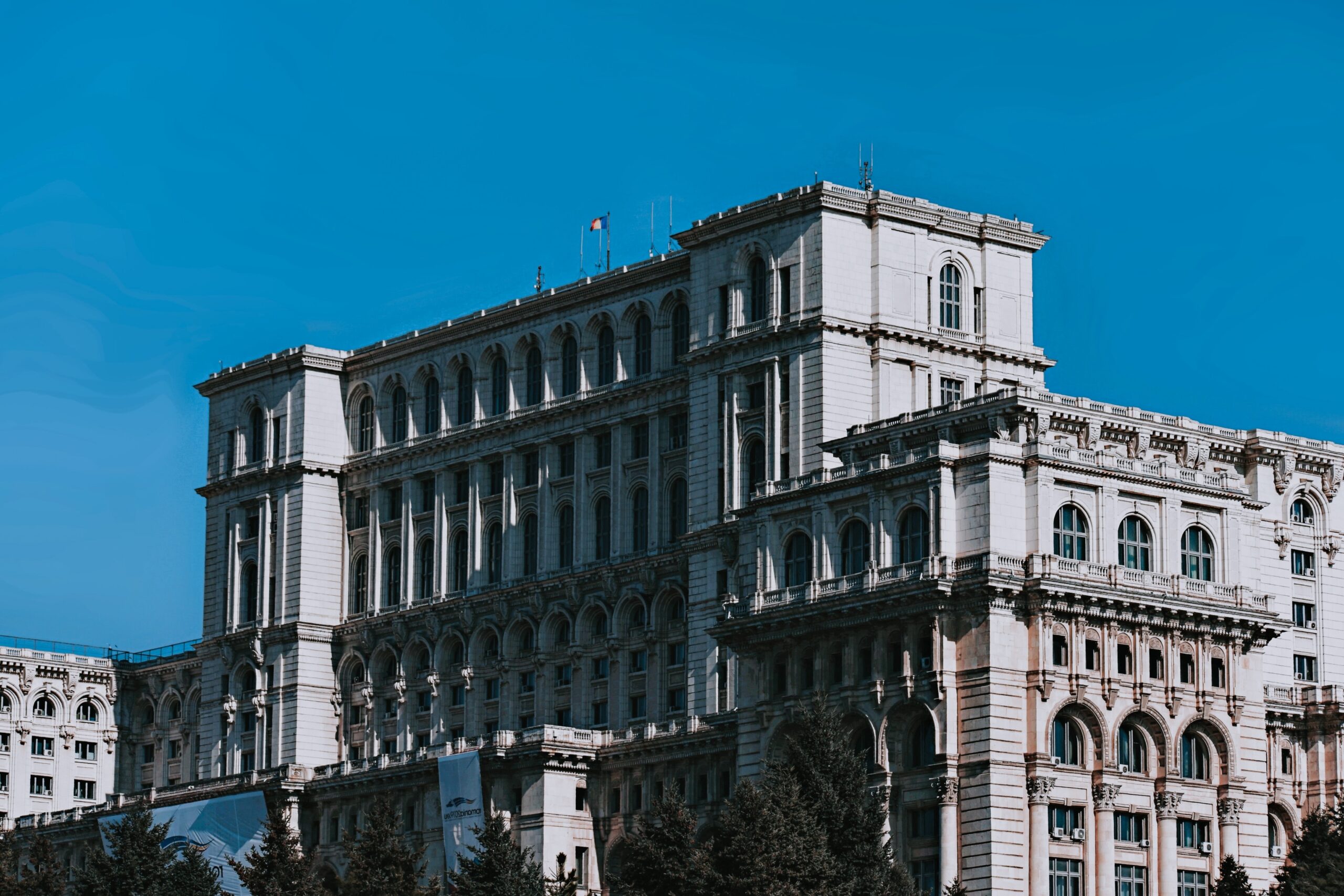Air quality in Europe and North America varies significantly based on several factors, including population density, industrial activities, transportation, and climate. In general, both regions have made significant progress in improving air quality over the past few decades. However, some areas still experience high levels of air pollution.
According to data from the World Health Organization (WHO), Europe has some of the highest levels of air pollution in the world, with many cities exceeding the recommended limits for pollutants such as PM2.5 and nitrogen dioxide. This is due in part to the high population density, industrial activities, and transportation in many European cities.
On the other hand, North America has made significant progress in reducing air pollution over the past few decades. According to the US Environmental Protection Agency (EPA), air quality in the United States has improved by more than 70% since 1980. This is due in part to stricter regulations on industrial emissions and cleaner transportation options such as electric and hybrid vehicles.
Despite these differences, both regions still face challenges related to air pollution. For example, wildfires in North America can significantly impact air quality, particularly in western states. Similarly, Europe has experienced high levels of air pollution due to agricultural practices and solid fuel use for heating in some regions.
To address these issues, both regions have implemented measures such as stricter emissions regulations, promoting cleaner transportation, and transitioning to renewable energy sources. Additionally, public education and awareness campaigns can help individuals take steps to reduce their exposure to pollutants and protect their health.
In conclusion, while air quality in Europe and North America varies based on several factors, both regions have made significant progress in reducing air pollution over the past few decades. However, some areas still experience high levels of pollutants, and efforts must continue to promote cleaner transportation, limit industrial emissions, and increase the use of renewable energy sources.
The United States of America
Air pollution is a significant concern in many cities across the United States, with pollutants such as particulate matter, ozone, and nitrogen dioxide causing negative impacts on human health and the environment. Here are some of the most polluted cities in the United States, based on data from the American Lung Association’s State of the Air report:
- Los Angeles-Long Beach, California: This metropolitan area ranks as the most polluted city in the United States for ozone pollution and fifth for year-round particle pollution. The high population density, transportation, and industrial activities contribute to poor air quality in this region.
- Bakersfield, California: Located in the San Joaquin Valley, Bakersfield ranks as the most polluted city in the United States for year-round particle pollution. Agricultural activities, transportation, and oil and gas operations contribute to high levels of pollutants in this region.
- Fresno-Madera-Hanford, California: This metropolitan area ranks as the second-most polluted city in the United States for year-round particle pollution, with agriculture and transportation contributing to high levels of pollutants.
- Visalia, California: Located in the San Joaquin Valley, Visalia ranks as the third-most polluted city in the United States for year-round particle pollution. Agricultural activities and transportation contribute to high levels of pollutants in this region.
- Phoenix-Mesa, Arizona: This metropolitan area ranks as the fifth-most polluted city in the United States for ozone pollution, with transportation and dust contributing to poor air quality.
Other cities with high levels of air pollution include Pittsburgh, Pennsylvania; Cleveland, Ohio; Cincinnati, Ohio; Louisville, Kentucky; and Detroit, Michigan. These cities experience high levels of pollutants such as particulate matter and ozone, which can have negative impacts on human health and the environment.
The European Union
Air pollution is a significant problem in many cities across the European Union (EU), with pollutants such as particulate matter, nitrogen dioxide, and ozone causing negative impacts on human health and the environment. Here are some of the most polluted cities in the EU, based on data from the European Environment Agency’s Air Quality in Europe report:
- Warsaw, Poland: This city ranks as the most polluted city in the EU for particulate matter pollution, with industrial activities, transportation, and solid fuel use contributing to high levels of pollutants.
- Krakow, Poland: Located in southern Poland, Krakow ranks as the second-most polluted city in the EU for particulate matter pollution, with solid fuel use for heating and transportation contributing to high levels of pollutants.
- Prague, Czech Republic: This city ranks as the third-most polluted city in the EU for particulate matter pollution, with transportation and solid fuel use contributing to high levels of pollutants.
- Bucharest, Romania: This city ranks as the fourth-most polluted city in the EU for particulate matter pollution, with transportation, industrial activities, and solid fuel use contributing to high levels of pollutants.
- Sofia, Bulgaria: This city ranks as the fifth-most polluted city in the EU for particulate matter pollution, with transportation and solid fuel use contributing to high levels of pollutants.
Other cities with high levels of air pollution include Milan, Italy; Stuttgart, Germany; Barcelona, Spain; and Paris, France. These cities experience high levels of pollutants such as nitrogen dioxide and particulate matter, which can have negative impacts on human health and the environment.
Efforts to reduce air pollution in these cities include promoting cleaner transportation options, limiting industrial emissions, and increasing the use of renewable energy sources. Additionally, public education and awareness campaigns can help individuals take steps to reduce their exposure to pollutants and protect their health. The EU has also implemented regulations such as the Euro emissions standards for vehicles and the Industrial Emissions Directive to limit the release of pollutants into the environment.










